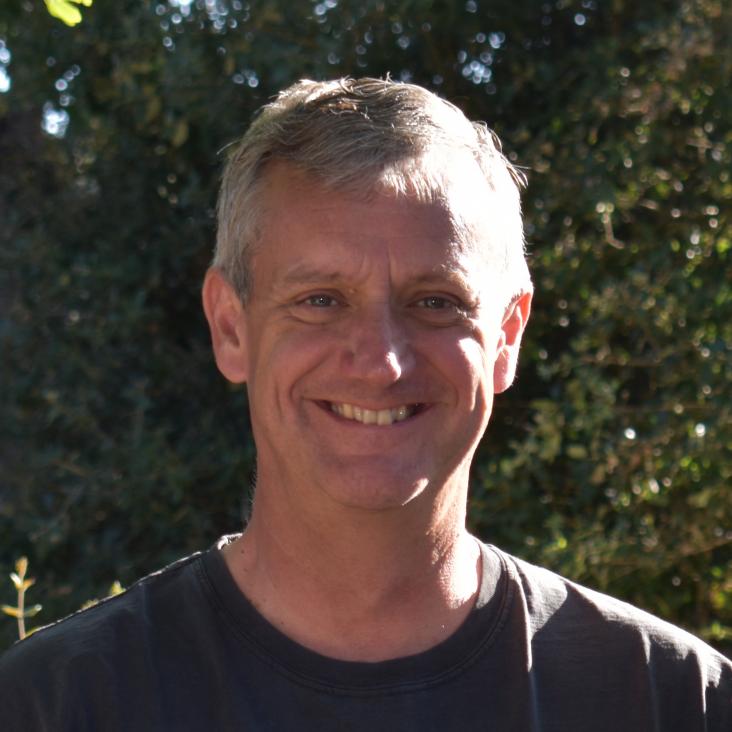The composition of the atmosphere of Jupiter
Chapter in Jupiter, Cambridge Univ Pr (2007)
Oxygen compounds in Titan's stratosphere as observed by Cassini CIRS
Icarus 186:2 (2007) 354-363
Vertical profiles of HCN, HC3N, and C2H2 in Titan's atmosphere derived from Cassini/CIRS data
Icarus 186 (2007) 364-384
Infrared observations of saturn and Titan from Cassini
Optics InfoBase Conference Papers (2007)
Abstract:
The Composite Infrared Spectrometer (CIRS) aboard the Cassini spacecraft has been orbiting Saturn for 2-1/2 years. CIRS is a Fourier transform spectrometer that measures atmospheric thermal structure and dynamics, and atmospheric composition, of Saturn and Titan. CIRS also maps the temperatures and dynamical processes of the rings and icy moons. © 2007 Optical Society of America.Latitudinal variations in Uranus' vertical cloud structure from ukirt UIST observations
Astrophysical Journal 665:1 PART 2 (2007)


